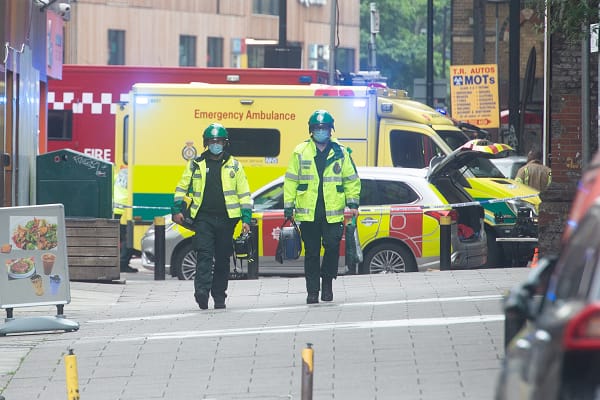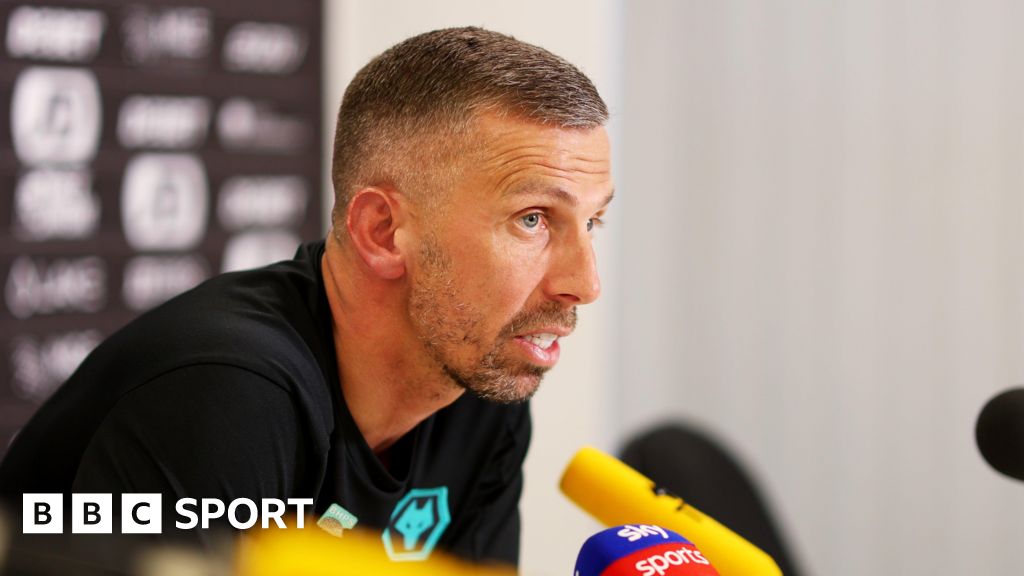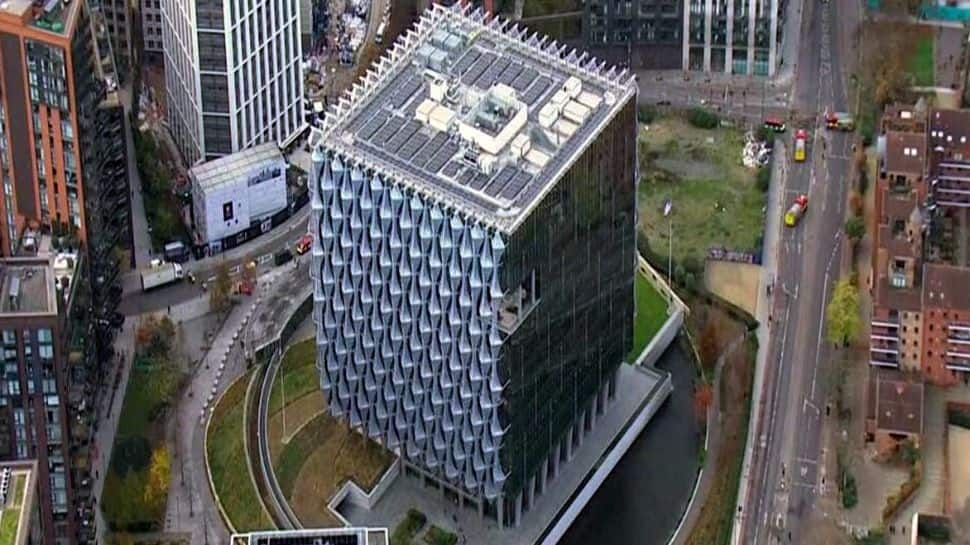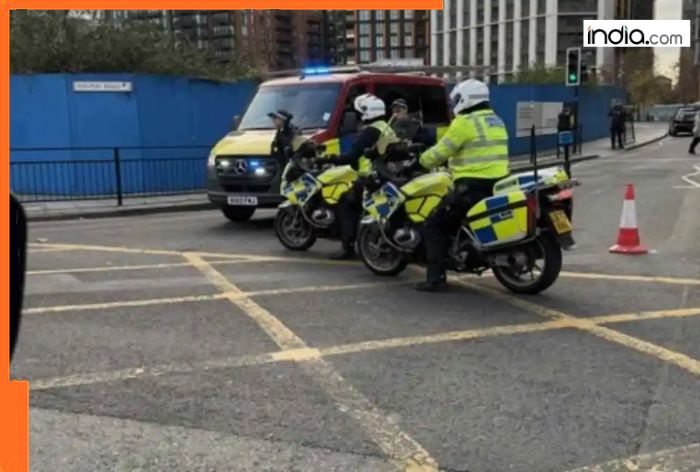Bussiness
London conducts ‘Operation Helios’ in the event of a major emergency being declared – London Business News | Londonlovesbusiness.com

London’s ability to deal with future extreme heatwaves will be put to the test today as the capital’s key agencies come together to plan how to support Londoners and minimise disruption if temperatures reach dangerous levels.
Operation Helios explores an extreme heat scenario of five days of heat that scientists warn could affect Londoners by 2027.
It comes as a four-day Yellow Heat Alert was issued by UKHSA and the Met Office this week, with temperatures in the capital expected to soar to 30 degrees.
The exercise will be led by the Greater London Authority’s London Resilience Unit, which works to support London’s preparedness in the event of emergencies and coordinates a wide range of organisations during a response.
More than 80 participants will join the exercise from sectors including the emergency responder organisations, local government, public health, environment agencies, transport services, utilities and business, voluntary and faith sectors. It will help support longer-term approaches to managing the risk of extreme heat, including the development of a regional plan for adapting to higher temperatures.
Last year, the UN revealed the world is on track for temperature levels to rise 2.5 – 2.9 degrees above pre-industrial levels this century, with Europe warming faster than anywhere else in the world. Londoners experienced these climate changes first-hand in 2022 when the temperatures hit a record-breaking 40.2
Celsius, 2.6 degrees above the previous record. The extreme heat caused wildfires across London, with the Wennington wildfires in July declared a major incident and a number of homes destroyed. On the 19th July the LFB experienced their busiest day since World War Two.
The heat stretched water supplies, melted road surfaces, and caused damage to rail infrastructure. This followed substantial flash-flooding in July 2021, which damaged thousands of homes and businesses across London leaving hundreds of Londoners temporarily homeless. There was also substantial disruption to critical services including schools and hospitals.
The full-day exercise will involve a developing scenario with updates and warnings coming from agencies including the Met Office and the UK Health Security Agency (UKHSA). Attendees will need to consider the impacts of the updates on individuals, communities and services and respond accordingly.
Both the exercise and the regional strategic plan for adapting to higher temperatures are recommendations from the independent London Climate Resilience Review, which the Mayor commissioned in July 2023. An interim report was published in January [3], with the full report expected next month.
The Review is just one of the ways the Mayor is working to make London more resilient to the changing climate. Last month he announced he would be committing up to £30 million to help our city adapt to climate change, improve London’s green infrastructure and promote the recovery of nature. This funding will include supporting rewilding the capital, more trees and wildflower meadows, supporting waterways, parklets and other new green spaces. It is in addition to the £30m the Mayor has already invested since 2016 for green space and nature-based solutions. The Mayor’s Climate Resilient Schools programme worked to make 100 London schools more resilient to the impacts of climate change- including extreme heat – and the Mayor’s Future Neighbourhoods 2030 programme has worked with London neighbourhoods to create climate adapted, resilient and green neighbourhoods.
The Mayor of London Sadiq Khan said: “Over the past few years we have seen the damaging and dangerous effects of extreme heat and climate change in London, and Operation Helios provides a vital opportunity to bring partners together and plan how we can manage these threats in the future.
“London is known as a beacon for climate action thanks to the bold policies we’ve adopted to address the climate emergency and air pollution. We were the first global city to declare a climate emergency in 2018 and have been working tirelessly to combat the impacts of climate change ever since.
“I am committed to reaching net-zero carbon by 2030, but our climate is already changing and so we must work together to ensure we can effectively adapt to the climate risks we face. London needs to become a climate resilient city and testing and improving London’s response to extreme heat is essential as we work to build a fairer, greener London for everyone.”
David Bellamy, Chair of the London Resilience Forum, said: “Recent summers have demonstrated that our climate is changing, which will affect all areas of our society, environment, and our economy. Extreme heat and flooding poses real risks for Londoners, so as a partnership we need to prepare for weather conditions that previously would have been unbelievable.
“Exercises like Operation Helios help to ensure we have the right tools and knowledge to handle emergencies, and support Londoners through extreme weather events.”
Emma Howard Boyd, CBE, Chair of the London Climate Resilience Review said: “Exercises like Operation Helios are exhilarating because we see the emergency services putting themselves through their paces. What we learn will inform preparations for heat in cities everywhere so this leadership from Sadiq Khan is globally important.
“Heatwaves have multiple impacts, 2022’s 40°C heatwave brought wildfires and heightened drought risk, often hot weather is followed by flash flooding. These risks kill, and cause disruption to productivity and healthcare. Keeping London cool, for instance by simply providing more shaded spaces, will make it an even better place to live and work.
“This week is London Climate Action Week and as people come here to discuss global climate challenges, it is worth remembering that the consequences will be felt in the UK too.”
London Fire Brigade Assistant Commissioner Thomas Goodall said: “London Fire Brigade is pleased to lend its expertise, alongside that of our emergency partners, to this important exercise. As the weather is becoming increasingly unpredictable, we must learn how to react to ever-more challenging incidents.
“It is preparation of this kind that equips emergency crews with the skills and knowledge required to keep Londoners safe.”
Rob Bell, Co-Chair, London Communities Emergency Partnership (LCEP) said: “London’s voluntary and community sector (VCS) organisations, and the dedicated people who work and volunteer with them, are always in the first line of response when Londoners are caught up in emergencies. From the tragedy at Grenfell Tower, to the 2017 terror attacks to the COVID-19 pandemic – the VCS has consistently been on the frontlines; providing vital support to communities where it’s needed.
“Fostering stronger collaboration between the VCS and public bodies tasked with emergency response is crucial in strengthening resilience and integrating a ‘whole of society approach’ across the capital. Exercises like ‘Helios’ are a big part of that and mean that when crises do happen, we work well together in collaboration to protect people and help them to recover”.










